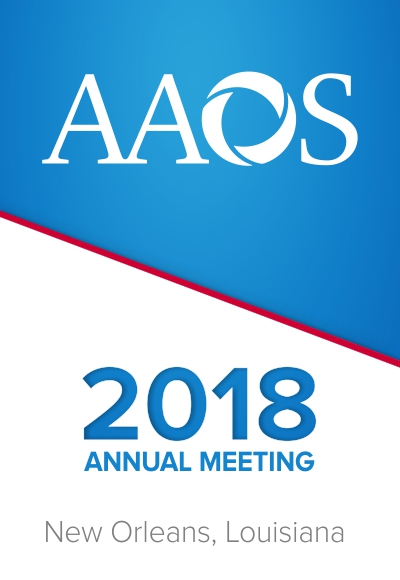
AAOS2018: Additional compression pump to aspirin for thromboprophylaxis after TJA unnecessary

AAOS2018: Additional compression pump to aspirin for thromboprophylaxis after TJA unnecessary
Randomized Controlled Trial of Aspirin Compliance Compared to Mobile Compression Pumps
Did you know you're eligible to earn 0.5 CME credits for reading this report? Click Here
CONFERENCE ACE REPORTS
This ACE Report is a summary of a conference presentation or abstract. The information provided has limited the ability to provide an accurate assessment of the risk of bias or the overall quality. Please interpret the results with caution as trials may be in progress and select results may have been presented.
Synopsis
80 patients scheduled for total joint arthroplasty were randomized to thromboprophylaxis with either combined aspirin and a pneumatic compression pump, or aspirin alone. Patients were assessed for compliance with allocated intervention and for the incidence of venous thromboembolism within the first 90 days postoperatively. Only 25% of patients given a mobile compression pump were compliant with p...
To view the full content, login to your account,
or start your 30-day FREE Trial today.
FREE TRIAL
LOGIN
Forgot Password?
Explore some of our unlocked ACE Reports below!

Learn about our AI Driven
High Impact Search Feature
Our AI driven High Impact metric calculates the impact an article will have by considering both the publishing journal and the content of the article itself. Built using the latest advances in natural language processing, OE High Impact predicts an article’s future number of citations better than impact factor alone.
Continue



 LOGIN
LOGIN

Join the Conversation
Please Login or Join to leave comments.